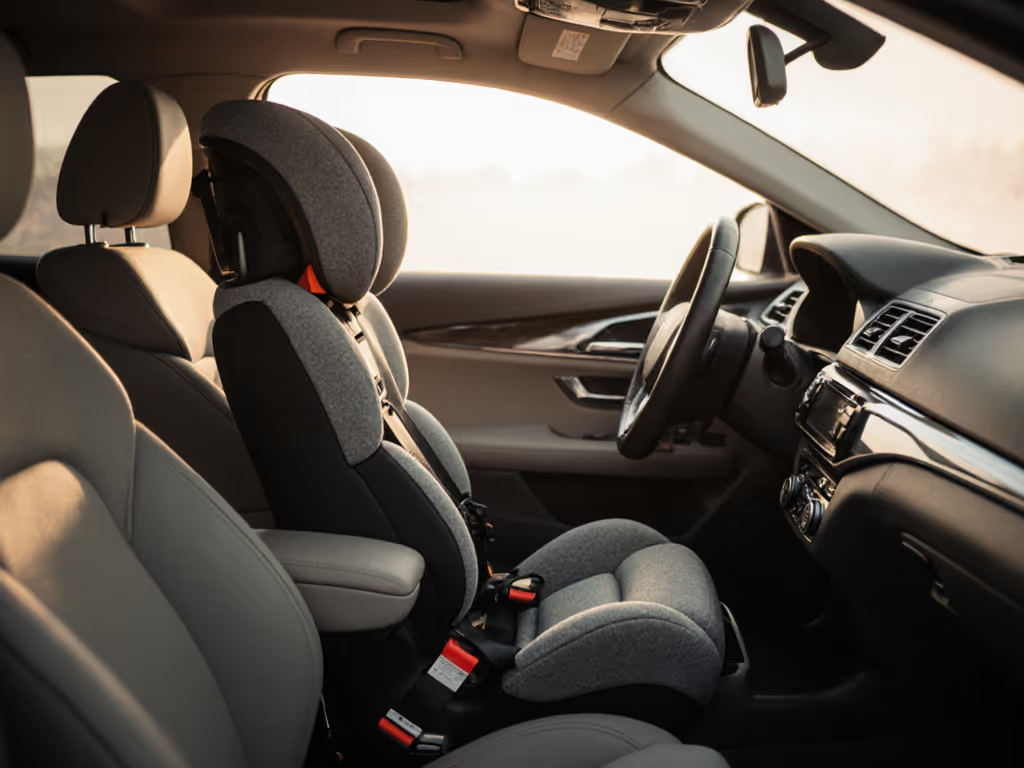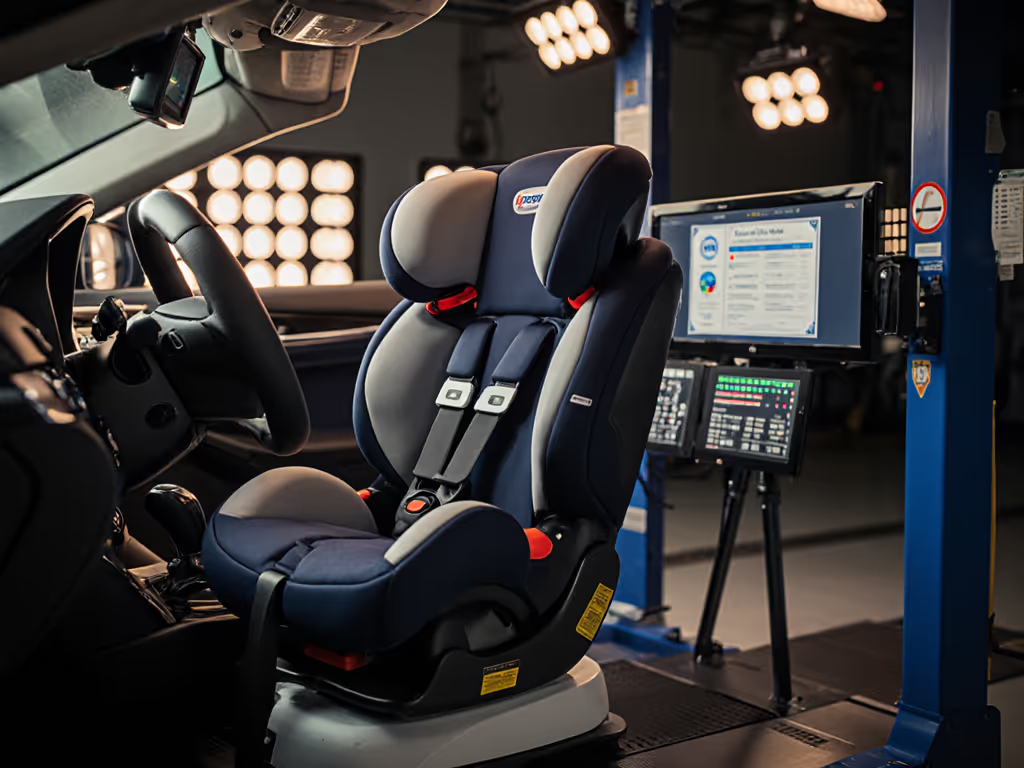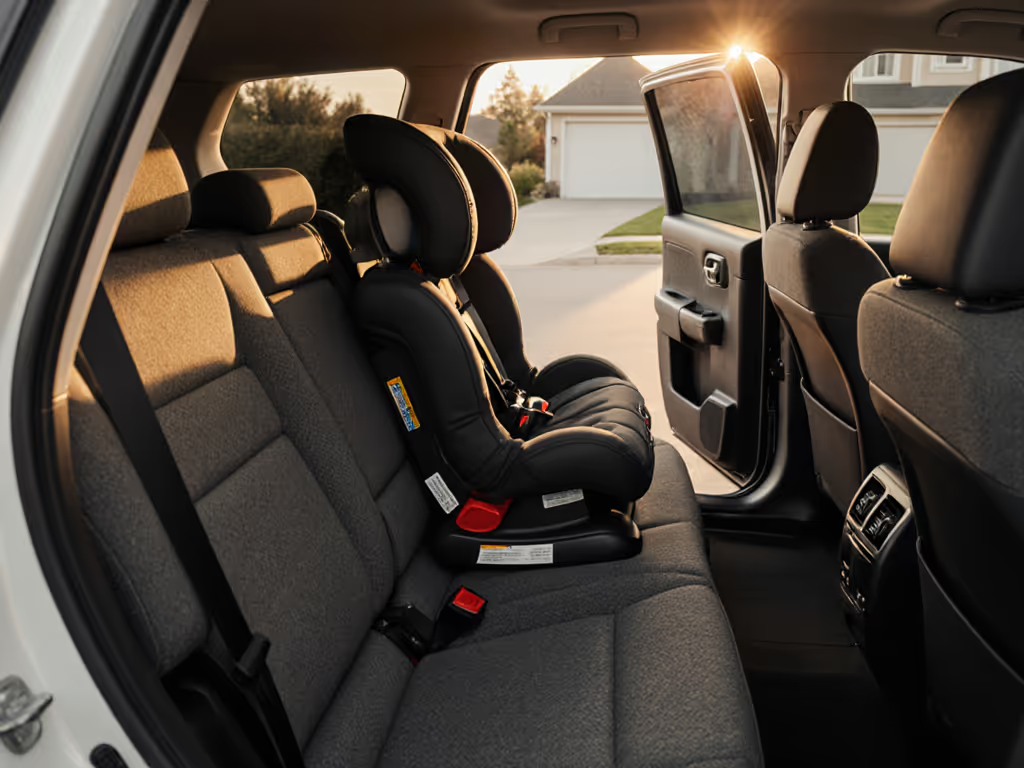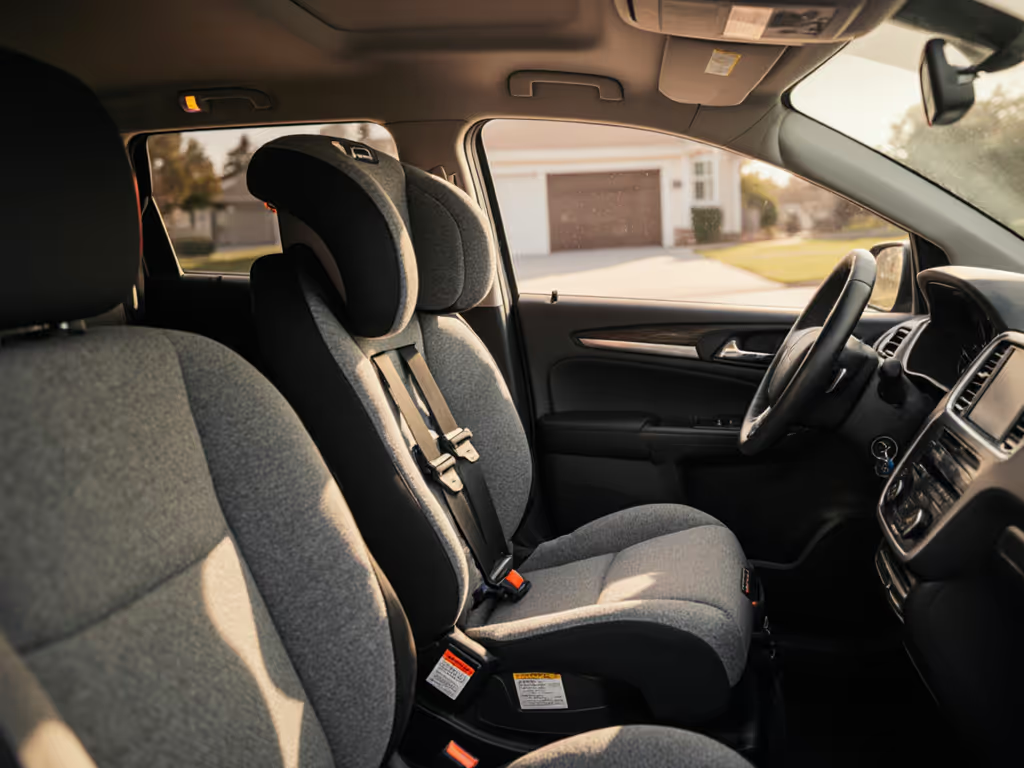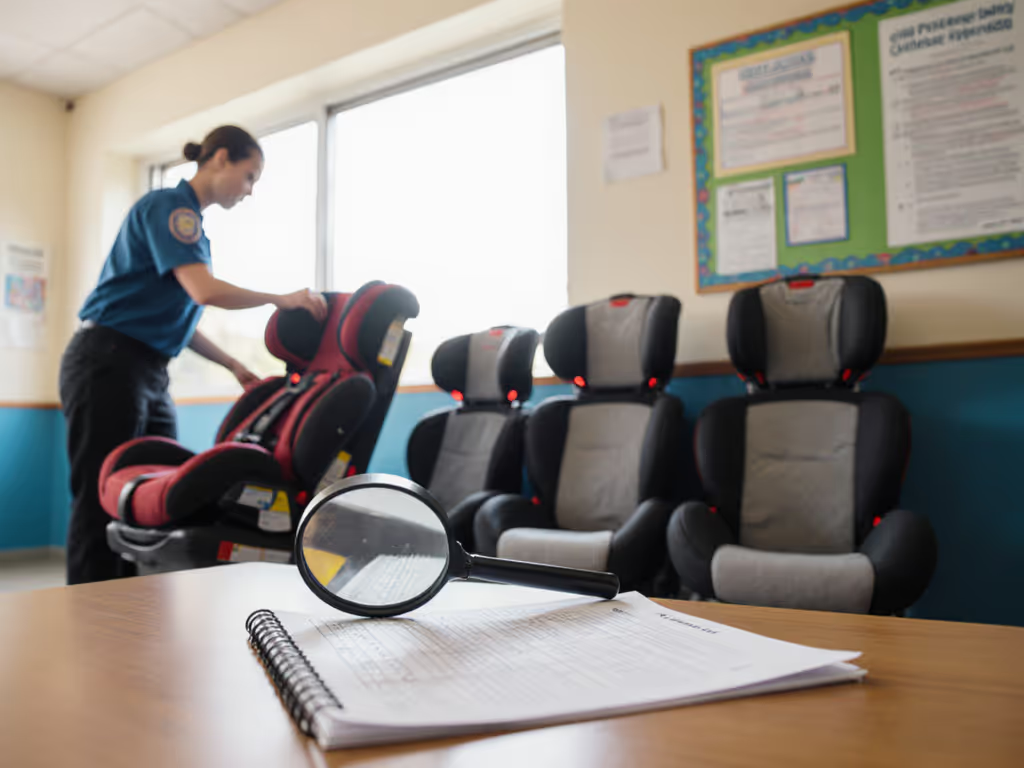
Car Seat Compatibility Explained: Complete Guide
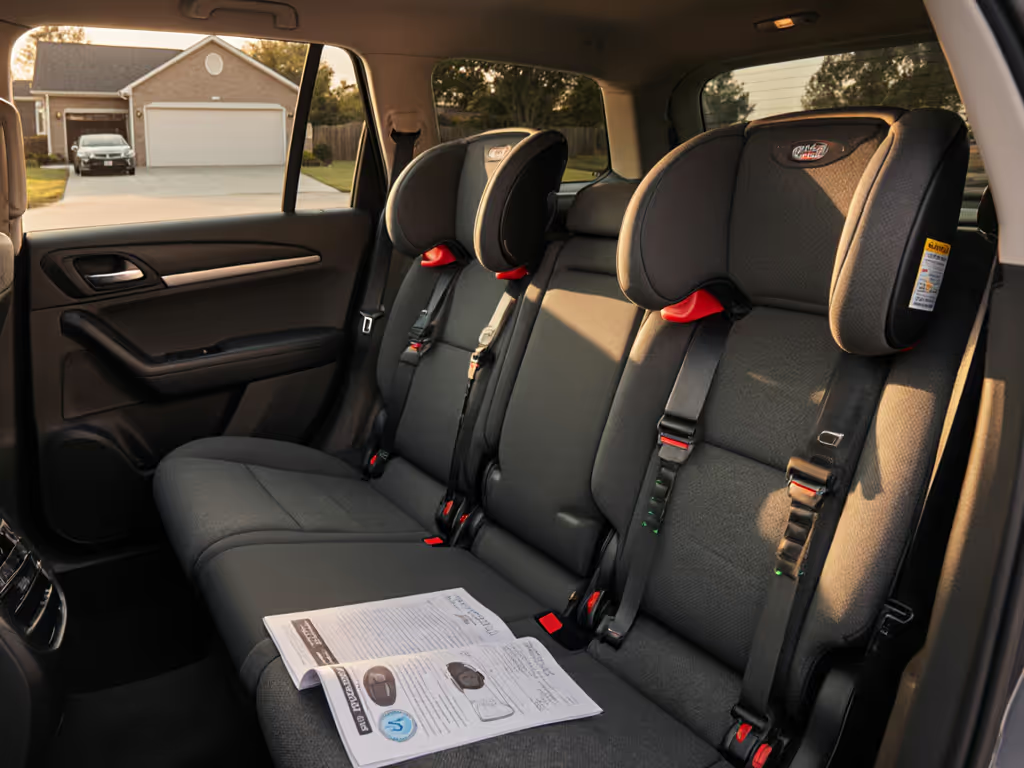
Did you know that three out of four car seats are installed incorrectly? That simple mistake can put children at serious risk, even on short drives. Choosing the right car seat is more than following age guidelines or grabbing the newest model. It means factoring in your child’s size and your car’s unique interior, then making sure everything works together flawlessly to create a safe, comfortable ride.
Key Takeaways
| Point | Details |
|---|---|
| Car Seat Compatibility | Ensure car seat selection aligns with your child's size and developmental stage while fitting your specific vehicle design. |
| Car Seat Types | Choose from the four main types: infant, convertible, all-in-one, and booster, each serving different age and weight needs. |
| Installation Importance | Proper installation is critical for safety; follow guidelines and verify using correct methods to avoid common mistakes. |
| Safety Standards Compliance | Adhere to federal safety regulations to ensure crash performance and structural integrity, protecting children in every journey. |
Defining Car Seat Compatibility Basics
Car seat compatibility isn't just a technical checkbox - it's about keeping your child safe during every single journey. Compatibility means selecting a car seat that perfectly matches your child's size, age, and your specific vehicle's design and safety specifications. Think of it like finding the right puzzle piece: everything must align precisely to ensure maximum protection.
Understanding compatibility involves considering three critical dimensions. First, your child's physical characteristics - their weight, height, and developmental stage determine which car seat type they need. The National Highway Traffic Safety Administration (NHTSA) provides clear guidelines to help parents navigate these requirements:
- Rear-facing seats for infants and young toddlers
- Convertible seats that transition as children grow
- Forward-facing seats for older children
- Booster seats for school-age kids
Second, vehicle compatibility matters significantly. Not every car seat fits every vehicle model, which is why checking your specific vehicle's specifications and seat dimensions is crucial. Some key factors include seat belt configuration, LATCH system availability, and interior space. The NHTSA's Car Seat Finder tool can help match the right seat to your specific vehicle, reducing installation challenges and potential safety risks.
Lastly, proper installation is the final compatibility puzzle piece. A perfectly matched car seat becomes ineffective if not correctly secured. Professional car seat technicians recommend checking your installation using multiple verification methods - visual inspection, physical testing, and sometimes professional assessment - to ensure your child's safety system is rock solid.
Car Seat Types and Compatibility Factors
Car seats are not a one-size-fits-all solution. Car seat types range from infant models to booster seats, each designed to protect children during different stages of growth. Understanding these variations is crucial for ensuring your child's safety and selecting the most appropriate protection for their current size and developmental stage.
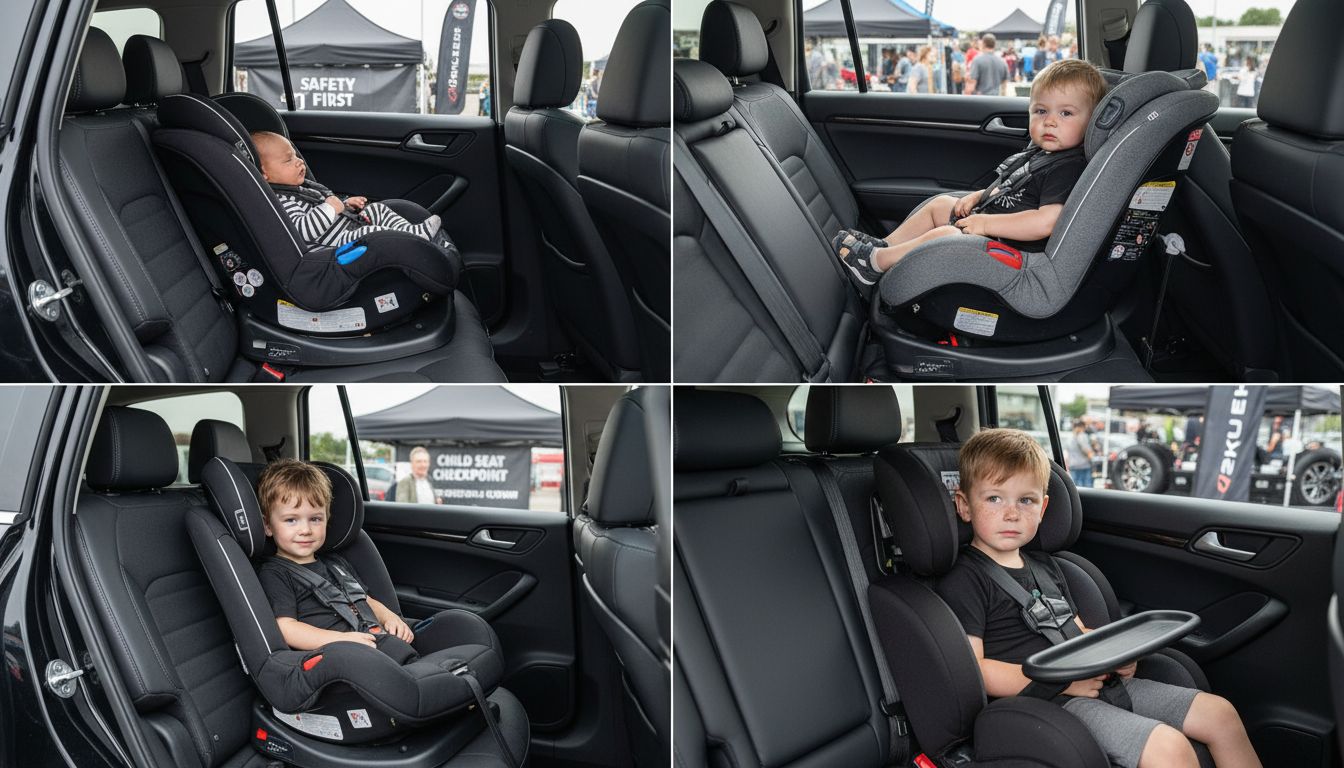
The four primary car seat types each serve a unique purpose:
Here's a comparison of the four primary car seat types and their key compatibility factors:
| Car Seat Type | Child Age/Weight Range | Installation Features | Typical Vehicle Compatibility |
|---|---|---|---|
| Infant Car Seat | Newborns<br>Up to ~35 lbs | Rear-facing only<br>Removable carrier | Fits most vehicles<br>Check base size |
| Convertible Car Seat | Birth to ~40-50 lbs | Rear- & forward-facing<br>Fixed seat | Needs more space<br>Check seat depth |
| All-in-One Car Seat | Birth to ~10 yrs<br>Up to ~100 lbs | Rear, forward, booster modes | Large/heavy<br>Fits roomy vehicles |
| Booster Seat | 4+ years<br>~40-120 lbs | Uses vehicle seat belt | Needs proper belt & head support |
- Infant Car Seats: Rear-facing seats designed for newborns and babies up to approximately 35 pounds. These seats typically come with removable carriers and provide the most protection for the smallest passengers.
- Convertible Car Seats: Versatile seats that transition from rear-facing to forward-facing, accommodating children from infancy through early childhood. They offer extended usability and can support children up to 40-50 pounds.
- All-in-One Car Seats: The most comprehensive option, these seats convert from rear-facing to forward-facing and eventually transform into booster seats, potentially supporting a child from birth to approximately 10 years old.
- Booster Seats: Designed for older children who have outgrown traditional car seats, these seats help position the vehicle's seat belt correctly across the child's body.
Compatibility goes beyond just seat type. Vehicle design, seat belt configuration, and LATCH system availability play critical roles in determining the right car seat. The National Highway Traffic Safety Administration (NHTSA) recommends carefully measuring your vehicle's interior space, checking seat belt anchor points, and considering factors like:
- Seat depth and width
- Vehicle seat contours
- Available anchor points
- Interior space for proper installation
Remember, a car seat's effectiveness relies not just on its type, but on how precisely it fits your specific vehicle and child's physical characteristics.
Professional car seat technicians can provide personalized guidance to ensure maximum safety.
Assessing Vehicle and Child Fit Requirements
Ensuring the perfect car seat fit is more than a simple measurement - it's a critical safety calculation that requires careful consideration of multiple factors. Vehicle compatibility and child dimensions must work together seamlessly to provide maximum protection during every journey.
The assessment process begins with detailed measurements. For your vehicle, this means examining key physical characteristics:
- Seat belt configuration and anchor points
- Interior width between seat walls
- Seat depth and contour
- Available LATCH system connections
- Specific vehicle seat design
Child fit requirements are equally complex. The National Highway Traffic Safety Administration (NHTSA) recommends a comprehensive evaluation that goes beyond basic height and weight measurements. Important child-specific factors include:
- Current age and developmental stage
- Precise height and weight measurements
- Body proportion and proportional growth
- Potential special needs or physical considerations
For families with unique situations, such as children with special needs, consulting driver rehabilitation specialists can provide customized guidance. These professionals can help identify specialized equipment or modifications that ensure a perfect, safe fit. Some may require custom adaptations or specialized car seat designs that accommodate specific physical requirements.
Professional car seat technicians recommend a hands-on fitting process. This involves physically testing the car seat in your specific vehicle, checking multiple installation angles, and verifying that the seat moves no more than one inch in any direction once secured.
Remember: a perfectly compatible car seat isn't just about matching numbers - it's about creating a safety system that protects your most precious passenger.
Understanding Safety Standards and Regulations
Safety isn't just a word - it's a comprehensive system of meticulously designed federal regulations that protect the most vulnerable passengers. The National Highway Traffic Safety Administration (NHTSA) has developed an intricate framework of standards that every car seat must meet, ensuring children are shielded during every mile of their journey.
Federal Motor Vehicle Safety Standard No. 213 (FMVSS 213) forms the backbone of car seat safety regulations. This comprehensive standard mandates rigorous requirements for car seat manufacturers, including:
- Crash performance testing
- Structural integrity assessments
- Restraint system effectiveness evaluations
- Specific labeling and documentation requirements
- Precise dimensional and material specifications
Compliance with these standards involves extensive testing that simulates real-world crash scenarios. Manufacturers must prove their car seats can withstand significant impact forces, protect against potential ejection, and maintain structural integrity under extreme conditions. This means each seat undergoes multiple crash tests that replicate different collision angles, speeds, and intensities - ensuring that what looks safe in a laboratory translates to genuine protection on the road.
Beyond federal standards, NHTSA provides additional guidance for parents. Their recommendations create a comprehensive approach to child passenger safety, offering age and size-specific guidelines that complement the technical regulations. These guidelines help parents understand not just the legal requirements, but the practical application of safety standards - turning complex regulations into actionable steps that keep children protected during every journey. Remember: safety standards are more than paperwork. They're a promise of protection for your most precious cargo.
Installation Challenges and Common Mistakes
Car seat installation might look straightforward, but it's actually a complex process riddled with potential pitfalls that can compromise your child's safety. Installation errors are more common than most parents realize, with research suggesting that up to 75% of car seats are not correctly installed on the first attempt.
The most prevalent installation mistakes fall into several critical categories:
- Incorrect Angle Positioning: Many parents fail to achieve the proper recline angle, especially for rear-facing infant seats. An improperly angled seat can lead to breathing difficulties or ineffective crash protection.
- Loose Harness Systems: Harnesses that are too loose or twisted can significantly reduce a car seat's effectiveness during a collision.
- Improper Anchor Usage: Misunderstanding LATCH system connections or seat belt routing can create dangerous installation gaps.
- Mixing Restraint Systems: Incorrectly combining seat belts and LATCH systems can compromise overall seat stability.
Vehicle-specific complexities further complicate installation. Different vehicle designs create unique challenges, with seat contours, anchor point locations, and interior dimensions varying dramatically between makes and models. This variability means that a car seat installation technique that works perfectly in one vehicle might be completely ineffective in another.
Professional car seat technicians recommend a systematic approach to installation: physical measurement, precise positioning, multiple point verification, and always consulting both the vehicle manual and car seat instructions. The absolute best strategy is to have your installation professionally checked. Many local fire departments, police stations, and child safety organizations offer free installation verification services - a small time investment that could potentially save your child's life.
Find the Perfect Car Seat Fit for Your Child and Vehicle Today
Choosing the right car seat is not just about picking any model but finding one that matches your child's size and developmental stage while fitting securely in your vehicle. This article highlighted common challenges like vehicle compatibility, installation mistakes, and navigating safety regulations. Many parents struggle with understanding which seat type works best or how to ensure a proper fit amid complex installation requirements. Getting this right means peace of mind knowing your child is protected every time you drive.
At Fits for Years Seats, we specialize in helping you tackle these exact concerns. Our expert resources offer personalized guidance based on your child's age and size plus your vehicle model. Discover detailed product comparisons, in-depth safety compliance insights, and step-by-step installation tips crafted to eliminate guesswork. Don't wait until uncertainty puts your child's safety at risk. Explore our comprehensive guides at Fits for Years Seats and start confidently choosing the perfect convertible car seat that grows with your family.
Visit Fits for Years Seats now to make informed decisions that keep your child safe and comfortable on every ride.
Frequently Asked Questions
What is car seat compatibility?
Car seat compatibility refers to the proper match between a car seat and a vehicle, ensuring safety for the child based on their specific size, age, and the vehicle's design and safety specifications.
What are the different types of car seats and their age/weight requirements?
The four primary types of car seats are: 1) Infant Car Seats (newborns up to ~35 lbs), 2) Convertible Car Seats (birth to ~40-50 lbs), 3) All-in-One Car Seats (birth to ~10 years, up to ~100 lbs), and 4) Booster Seats (4+ years, ~40-120 lbs).
How can I ensure my car seat is installed correctly?
To ensure correct installation, check the angle positioning, secure the harness properly, use the LATCH system or seat belt as required, and verify that the car seat does not move more than one inch in any direction once installed. A professional check is recommended for safety.
What safety standards must car seats meet?
Car seats must meet the Federal Motor Vehicle Safety Standard No. 213 (FMVSS 213), which includes crash performance testing, structural integrity assessments, and restraint system effectiveness evaluations, ensuring comprehensive protection during collisions.

